Folktales - Minwa
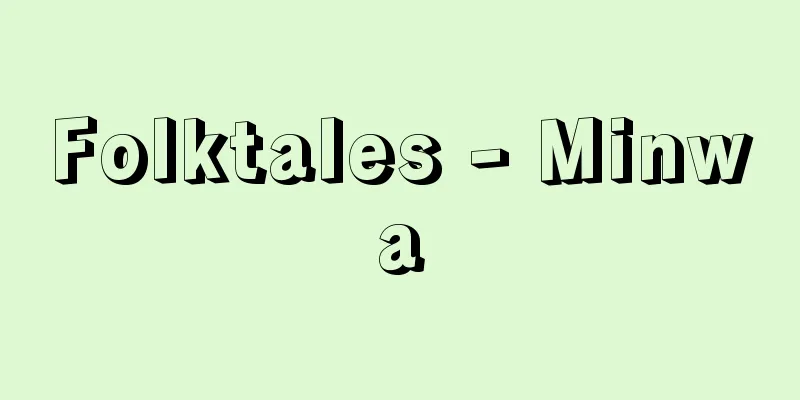
|
A translation of the English word folk tale. It is also called folk tale or folk tale. It is used as a general term for four types of folk tales: full-fledged folk tales, animal tales, humorous tales, and formal tales. Generally, folk tales are colorful, complex in form, and told according to the rules of narrative. In Japan, for example, folk tales are broadly divided into marriage tales, wealth tales, and monster tales. The protagonist of marriage tales is often a child born prematurely, while wealth tales feature an elderly couple who usually have no children and are often in the mood for an heir or wealth. Animal tales are single-episode stories that deal with the conflicts of human society with animals as the actors, and have almost no magical beliefs. They are used almost synonymously with animal fables, which have a strong moral and moral tone. In Japan, there is no word to describe this type of story, and there are few written records. Like animal tales, jokes are generally stories with a single motif. Some stories have multiple episodes, but these are also called folk tales or jokes. They are funny in content and have the structure of a folk tale. The content of a joke is practical jokes, extreme folly, or ignorant behavior, and many of them have a cunning protagonist, and often include a romantic adventure. While folk tales are said to be women's stories, jokes are also called men's stories. In the Edo period, they were called kobanashi (short stories) and were popular due to the influence of Chinese tales and other sources. Formal tales are stories about the foolish acts of fools, or "dandan tales" that are simply word games. As mentioned above, the content of folktales is different, but in principle, folktales are still alive and being told today, and they followed a similar process in the past. Therefore, motifs and episodes are intermingled. Furthermore, stories with the same content may be called myths, legends, or folk tales. [Keigo Seki] "Folktales" by Keigo Seki (1955, Iwanami Shoten) [Reference] |Source: Shogakukan Encyclopedia Nipponica About Encyclopedia Nipponica Information | Legend |
|
英語のフォークテールfolk taleの訳語。民間説話、民譚(みんたん)ともいわれる。本格昔話、動物譚、笑話(わらいばなし)、形式譚の四類型を総括する名称として用いられる。一般に昔話は、複合形式で色彩に富み、叙事の法則に従って語られる。わが国に例をとれば、昔話は婚姻譚、致富譚、妖怪(ようかい)譚に大別される。婚姻譚の主人公は異常誕生児が多く、致富譚は老夫婦が主人公となり、普通は子供がなく、後継者や富を待望する形式が少なくない。動物譚は単一挿話の話で、動物を行為者とした人間社会の葛藤(かっとう)を主題としたもので、呪術(じゅじゅつ)的信仰性はほとんどない。教訓的、道徳的色彩の強い動物寓話(ぐうわ)とほぼ同意語として用いられる。わが国では、この種の物語を表すことばはなく、文献記録も少ない。 笑話も動物譚と同じく、原則として単一モチーフの話である。なかには複合挿話の物語もあるが、それは昔話笑話ともよばれる。内容が笑話で、構造が昔話の形式をとる。笑話の内容は悪ふざけ、極端な愚行、無知な行為であり、多くは狡猾(こうかつ)な者が主人公となり、しばしば恋の冒険がある。昔話が婦人の物語といわれるのに対し、笑話は男話(おとこばなし)ともいわれる。江戸時代には小咄(こばなし)などとよばれ、中国説話などの影響で盛行した。 形式譚は、愚か者の愚行、単なることばの遊戯を主とする「だんだん話」などである。以上、民話に含まれる内容のそれぞれを述べたが、民話は原則として現在なお生きて語られているという特性をもち、過去においても同様な過程をとっていた。そのため相互にモチーフ、挿話の混交がみられる。そのうえ同一内容の物語が神話、伝説、昔話の名でよばれているものもある。 [関 敬吾] 『関敬吾著『民話』(1955・岩波書店)』 [参照項目] |出典 小学館 日本大百科全書(ニッポニカ)日本大百科全書(ニッポニカ)について 情報 | 凡例 |
>>: Explanation of the Ming Law and National Characters
Recommend
Screech - Screech
...It has many local names, such as Nirogi in Koc...
Enritsu
…A native of Jing Zhaowanian (Chang'an County...
Valdez Evangelicalism - Valdez is an evangelical
This refers to the evangelical ideology that the S...
Knife - naifu (English spelling) knife
A knife is a blade used primarily for cooking and...
Mr. Suganuma
A samurai family of the early modern period. They ...
Cardan type shaft coupling - Cardan joint
…A shaft coupling used when two shafts are not on...
Andes [Mountains] - Andes
The longest mountain range in the world, running v...
point of sales
… Cash registers can be broadly divided into stan...
Sound Pressure Level - Onatsureberu
Please see the "Sound Pressure" page. S...
Eos family - Eos tribe (English spelling)
A family of asteroids. Asteroids in the same famil...
Papaver alpinum (English name)
…[Masao Yamashita]. … *Some of the terminology th...
Daifusyu oil
〘 noun 〙 A fatty oil obtained from the seeds of th...
Chattonella (English spelling)
An alga that grows in large numbers in the Seto In...
Otaki waterfall
This is an old village area in the west of Chichib...
Hadley, G.
...The Coriolis force acts on this meridional cir...

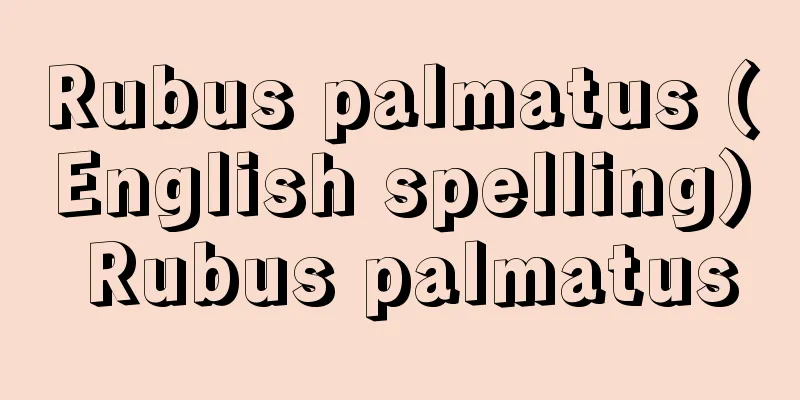


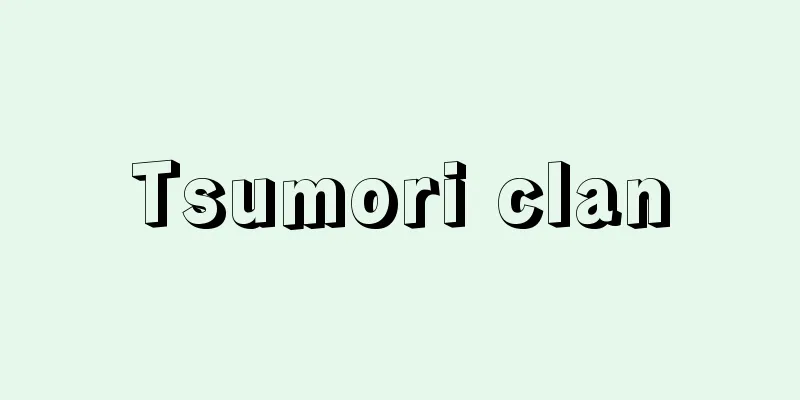
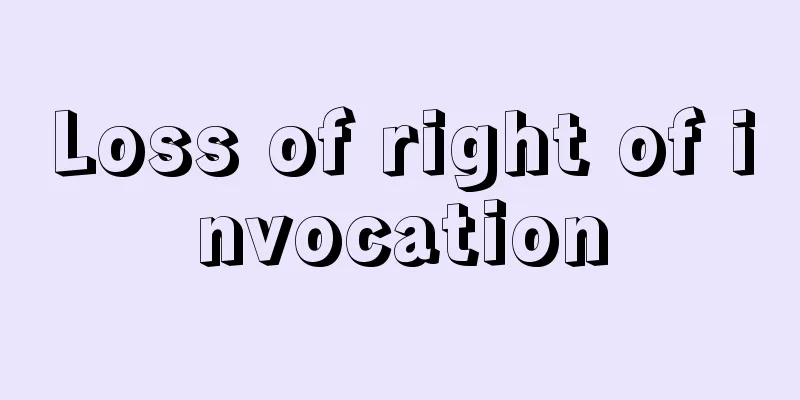

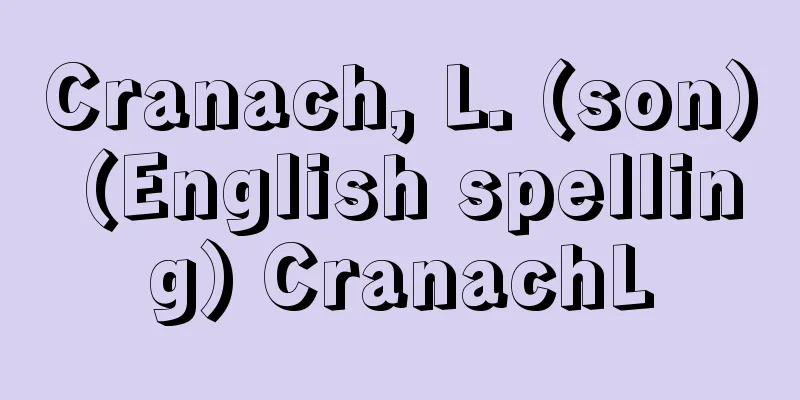
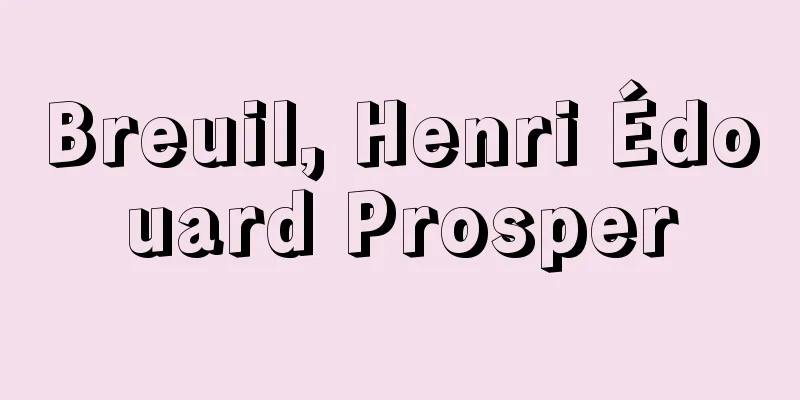
![Louisiana [State] - Louisiana](/upload/images/67cd2f6f3b1a1.webp)